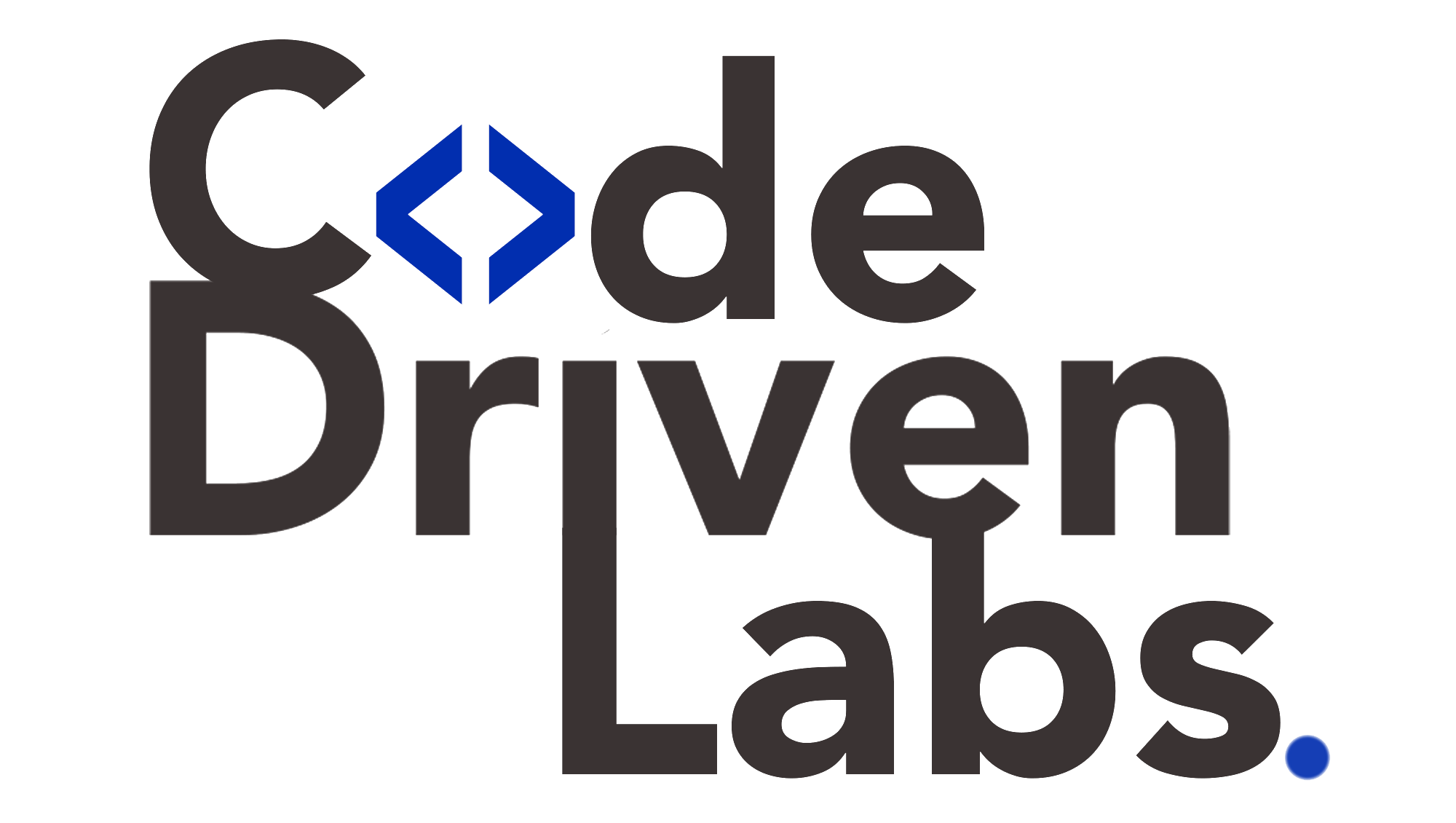Level up your business with US.
- Home
- Driven to Succeed: Exploring the Software Development Methods
Driven to Succeed: Exploring the Software Development Methods
July 8, 2025 - Blog
Driven to Succeed: Exploring the Software Development Methods
In a world where digital transformation is not just a buzzword but a business necessity, software development has become the engine of innovation across every industry. Whether launching a mobile app, upgrading enterprise software, or building custom digital platforms, the method you choose to develop software can significantly affect your time-to-market, product quality, and overall success.
With numerous methodologies available—each with its strengths and trade-offs—selecting the right software development approach is critical. This blog explores the most prominent software development methods, their ideal use cases, and how Code Driven Labs helps businesses implement the best strategies for their unique goals.

Why Software Development Methodology Matters
A software development methodology is not just a project management framework; it’s a blueprint for how teams collaborate, build, test, and deliver solutions. Choosing the wrong approach can result in:
-
Delayed timelines
-
Miscommunication between stakeholders
-
Uncontrolled scope creep
-
Low user satisfaction
-
Budget overruns
The right method brings clarity, accountability, and a structure that fits your team size, goals, technical complexity, and customer expectations.
1. Waterfall Model: The Traditional Path
The Waterfall model is one of the earliest and most straightforward software development methods. It follows a linear, step-by-step process: Requirements → Design → Development → Testing → Deployment → Maintenance.
Pros:
-
Clear documentation and deliverables at each phase
-
Easy to manage and track progress
-
Good for projects with fixed scope and budget
Cons:
-
Inflexible to changes once development begins
-
Late discovery of issues (since testing happens near the end)
-
Poor fit for dynamic or fast-changing environments
Best For:
Government contracts, compliance-heavy industries, or projects with fixed specifications and little expected change.
2. Agile Methodology: Adapt and Evolve
Agile is a flexible, iterative approach focused on collaboration, feedback, and adaptability. Work is divided into sprints (typically 2–4 weeks), and continuous delivery allows teams to release software quickly and iteratively.
Pros:
-
Embraces change and user feedback
-
Shorter development cycles and faster time-to-market
-
Continuous testing and quality improvements
Cons:
-
Requires experienced teams and strong communication
-
Less predictable scope and timeline
-
May be challenging for large organizations with rigid structures
Best For:
Startups, SaaS platforms, or any project where customer feedback, speed, and flexibility are priorities.
3. Scrum: Agile in Action
Scrum is a subset of Agile, with structured roles (Product Owner, Scrum Master, Developers) and ceremonies (daily stand-ups, sprint reviews, retrospectives).
Pros:
-
Well-defined roles and responsibilities
-
Encourages team accountability and transparency
-
Supports continuous learning and improvement
Cons:
-
Can be rigid if not customized properly
-
Overhead from frequent meetings if not well managed
Best For:
Teams that want a well-defined Agile framework with regular checkpoints and clear ownership.
4. Kanban: Visualize and Flow
Kanban focuses on visualizing work, limiting work-in-progress (WIP), and optimizing flow. It uses boards with cards to track progress across stages.
Pros:
-
Excellent for operational or maintenance work
-
Simple and visual
-
Reduces multitasking and increases focus
Cons:
-
Lacks formal structure for planning and estimation
-
May not provide long-term roadmap visibility
Best For:
Support teams, DevOps, continuous delivery, or mature teams handling many concurrent tasks.
5. Lean Software Development
Based on lean manufacturing principles, Lean emphasizes eliminating waste, delivering value quickly, and optimizing the development lifecycle.
Pros:
-
Focus on efficiency and customer value
-
Helps cut unnecessary features or steps
-
Encourages constant optimization
Cons:
-
Can be misunderstood without proper training
-
Requires cultural alignment within the team
Best For:
Organizations aiming to build a culture of continuous improvement with a strong customer-first mindset.
6. DevOps and CI/CD Integration
While not a methodology in itself, DevOps is a complementary practice that supports Agile and Lean by integrating development and operations. CI/CD (Continuous Integration/Continuous Delivery) automates testing and deployment, accelerating feedback loops.
Pros:
-
Faster releases with fewer bugs
-
Automated rollback and recovery
-
Improved collaboration between developers and IT teams
Cons:
-
Requires infrastructure setup and automation expertise
-
Needs cultural change and cross-functional team alignment
Best For:
Organizations focused on automation, frequent releases, and operational reliability.
Choosing the Right Development Method
To choose the best methodology for your project, consider:
-
Project size and complexity: Waterfall for large, fixed-scope projects; Agile for dynamic, iterative builds.
-
Customer involvement: Agile and Scrum are ideal if stakeholders are available for frequent feedback.
-
Time-to-market needs: Agile, Lean, or DevOps can accelerate delivery.
-
Team structure: Choose Scrum for small, cross-functional teams or Kanban for decentralized teams managing tasks.
-
Risk and compliance: Waterfall may be more appropriate for regulated industries.
How Code Driven Labs Helps You Choose and Execute the Right Method
Code Driven Labs brings a unique combination of technical expertise, strategic insight, and cross-industry experience to help businesses not only choose the right development method but also implement it effectively.
Here’s how they support your software success:
1. Discovery and Assessment
Before development begins, Code Driven Labs conducts a thorough discovery phase to assess:
-
Your business goals and requirements
-
Technical constraints
-
Team capabilities
-
Customer expectations
-
Industry compliance standards
This assessment helps determine which software methodology aligns best with your objectives.
2. Tailored Methodology Selection
Instead of applying a one-size-fits-all approach, Code Driven Labs customizes development workflows to suit your needs. For example:
-
A startup MVP might follow Agile with bi-weekly sprints.
-
A fintech product might use Waterfall for compliance, followed by Kanban for maintenance.
-
An enterprise cloud migration might use DevOps with automated CI/CD pipelines.
3. Expert Implementation
Code Driven Labs doesn’t just recommend methods — they implement them with:
-
Skilled Agile coaches and Scrum Masters
-
Experienced developers fluent in modern frameworks
-
DevOps engineers who automate testing, deployment, and monitoring
-
QA testers who ensure product reliability throughout
4. Continuous Feedback and Optimization
As your project evolves, Code Driven Labs adapts the methodology to meet new challenges. If feedback suggests changes in scope, customer expectations, or team dynamics, the development approach is revised accordingly — ensuring flexibility and agility even mid-project.
5. End-to-End Delivery and Support
From planning and design to deployment and maintenance, Code Driven Labs supports the full software lifecycle, making sure the chosen methodology drives real business value and doesn’t just look good on paper.
Final Thoughts: Methodology Is Strategy
Choosing the right software development method is more than a process decision — it’s a strategic one. Your approach should support your goals, engage your team, and deliver the most value to your users.
With the help of a seasoned partner like Code Driven Labs, you don’t have to navigate this complexity alone. Whether you’re building a fast-moving startup app or a mission-critical enterprise system, they guide you to success with a methodology that fits your business—not just the latest trend.
